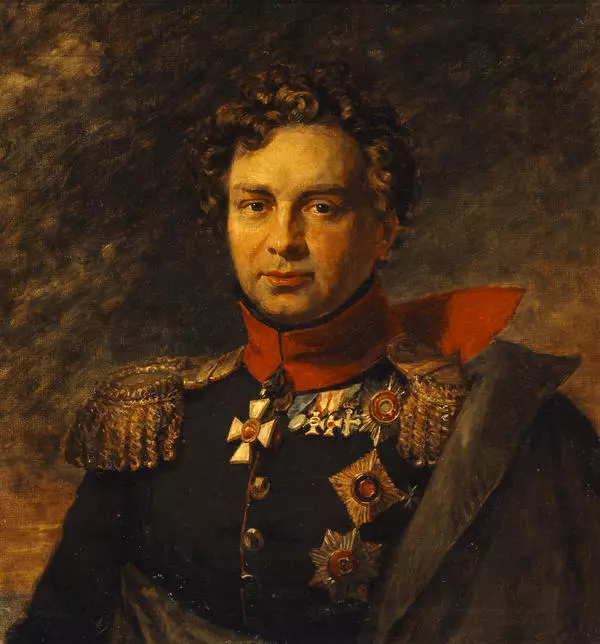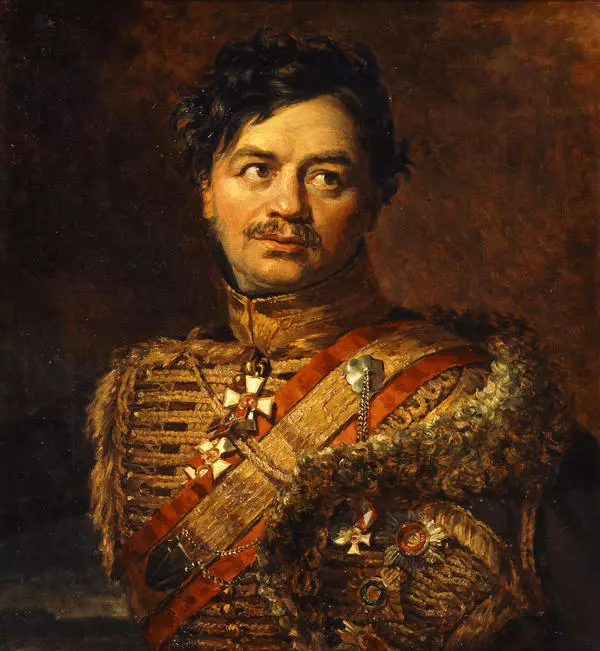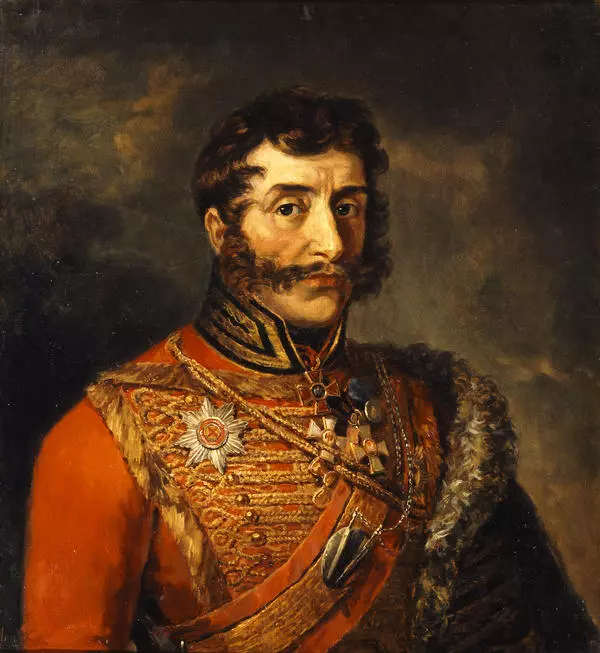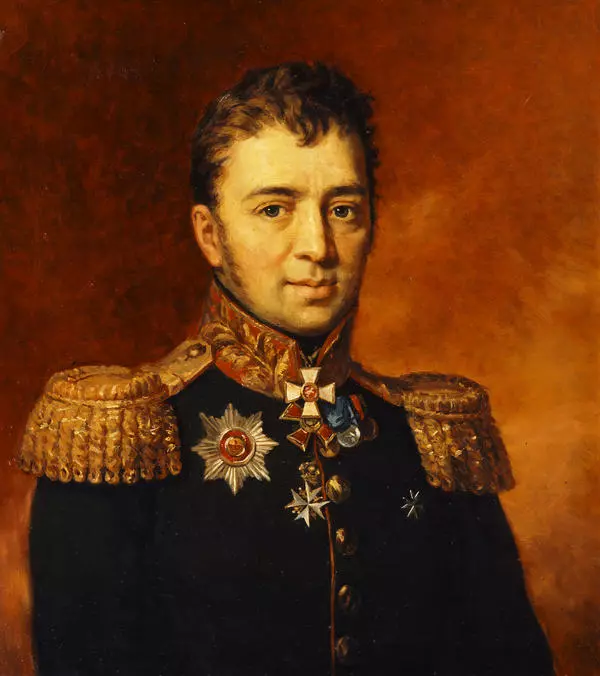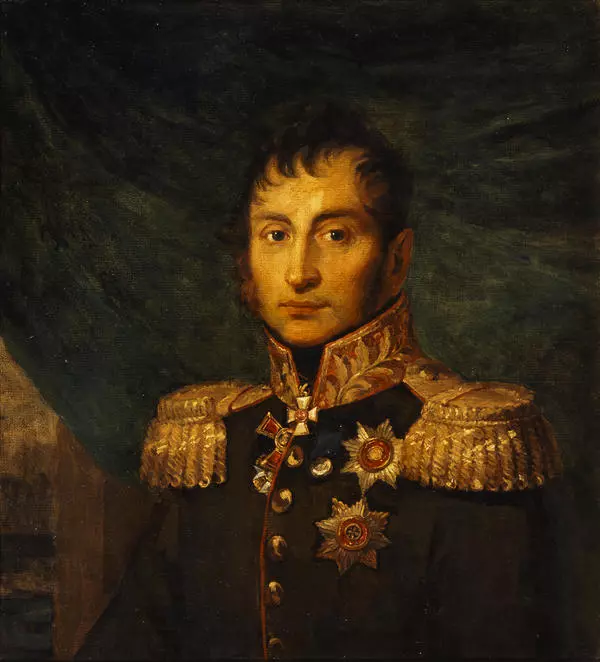The main themes of the art of Yevsey Moiseyenko were two wars — the Russian Civil War and the Great Patriotic War. They shaped the lives and fates of a generation, including the artist himself and his family.
Among the six works received by the Pskov Museum in 1981, the most prominent is the large 1980 painting “Old Man”. It was transferred from the artist’s studio and is permanently displayed at the Art Gallery of the Pskov Museum Reserve.
In the center of the composition, there is a figure of an elderly peasant standing in front of the viewer as a saint. The folds of his simple clothing gracefully drape around his tall and slender figure.
The canvas is painted with colors of varying intensity. The images include the sky, church, village houses, and figures of peasants. The white haze softens the colors, and the composition is built on broken angular lines. Against this background, the figure of the old peasant becomes a significant symbol, representing the constant core of the Russian national character.
Yevsey Moiseyenko was a versatile artist who worked in various genres, including landscape, still life, portrait, and religious art. His unique style was characterized by sharp, expressive drawings combined with fluid brushwork.
Yevsey Moiseyenko was born in Belarus in 1916. In 1931, he moved to Moscow and enrolled at the Art and Industrial College named after Mikhail Ivanovich Kalinin. He studied at the department of metal painting and papier-mâché. Four years later, he continued his studies at the Ilya Repin Institute of Painting, Sculpture, and Architecture.
His studies were interrupted by the Great Patriotic War. In 1941, Yevsey Moiseyenko volunteered for the frontline. He was a prisoner of war in the concentration camp in Altengrabow until 1945. At the end of the war, he served in the Third Guards Cavalry Corps.
After the war, Yevsey Moiseyenko returned to his studies at the Academy of Arts. He worked in the studio of the artist and teacher Alexander Alexandrovich Osmyorkin and graduated in 1947.
Later, he received the title of People’s Artist of
the USSR and became a full member of the Academy. He also won the Lenin Prize
and the State Prize of the USSR.




